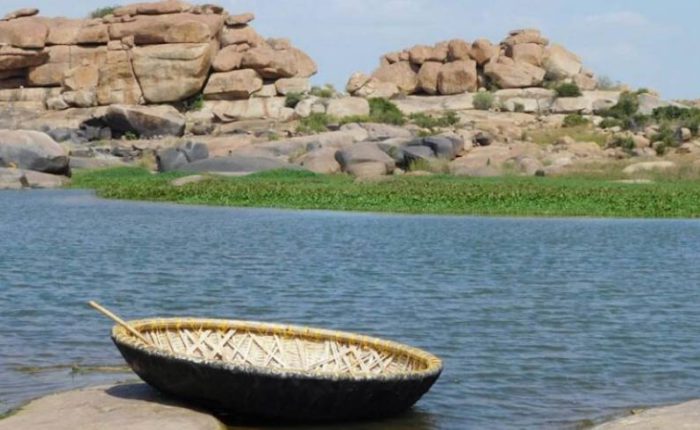There are very few things on the Earth that give you as much satisfaction as trekking in the Himalayas. Trekking through the snow-capped mountains, the running streams from glacial lakes and the starry nights. It is all a surreal experience. While finishing the trek can be a rewarding experience, it can be a disappointment if not devastating experience, if you’re not ready for it. Being ready for a Himalayan trek doesn’t only mean booking a trek or a flight ticket;). However, It is more about physical and mental fitness than anything else, And through this article, we will discuss the fitness required for various Himalayan Treks.
Table of Contents
Fitness level for the Himalayan Treks:
Unlike the treks in the Western Ghats, Himalayan treks are more demanding. They are multi-day treks, have steep ascents and descents and also you gotta walk through the snow at times. Even more important is the fact that they are high-altitude treks. So it is all the more important to work out to make your lungs efficient and make the best out of the oxygen present.
A Comprehensive list of exercises
Without further ado, let’s take a look at the fitness regimes required to ease through an easy, moderate and Difficult Himalayan trek.
I’ve recommended a preparation time of one month before the trek day. The below regime should help you with achieving the level of fitness required for various levels of Himalayan treks.
For Upper Body
- Push Up: Treks involve carrying a heavy backpack over long distances. Since this requires a good upper body strength, it is recommended to do Push Ups to strengthen the upper body.
For Leg Strength
- Uphill Training: Himalayan treks have steep ascents. Hence uphill training is one of the fundamental exercises you have to start the fitness regime with. Climbing stairs at every chance you get will improve uphill endurance.
- Squats: Squats help with the core strength. Having a good core strength is a must for maintaining balance during the trek.
Overall Body Fitness
- Jog: Jogging helps with increasing cardiovascular strength. Since the lungs and heart adapt to increased activity and also helps build lung capacity so you can hike longer.
- Crunches: Crunches also work help improve the core strength. The benefit being an ability to maintain good balance during the trek.
- Skipping: Skipping is really helpful in achieving an overall body fitness. Since during skipping, your constantly using your lower body to balance yourself and also propel your body upwards, which increases the muscle strength. The Shoulder and arms are constantly moving, working the arm muscles. Since it also includes the abdominal area, it is a way to work the core strength as well.
Below is a table to guide you through, the exercises required for each difficulty level and the duration for the same.
| Easy | Moderate | Difficult | |
| Uphill Training | 6 Mins | 8 Mins | 10 Mins |
| Push Ups | 3 Reps of 5 Push Ups each | 10 Reps of 2 Push Ups each | 15 Reps of 2 Push Ups each |
| Squats | 3 Reps of 5 Push Ups each | 10 Reps of 2 Push Ups each | 15 Reps of 2 Push Ups each |
| Jog | 20 Mins | 30 Mins | 35 Mins |
| Crunches | 3 Reps of 5 Push Ups each | 10 Reps of 2 Push Ups each | 15 Reps of 2 Push Ups each |
| Skipping | – | 100 | 200 |
Try this Guide out and provide your feedback in the comments so that fellow travelers can benefit from it.
Once you have finished the workout, check out our guide on what to pack for a trek in the Himalayas
and have a memorable trekking experience in the Himalayas.



